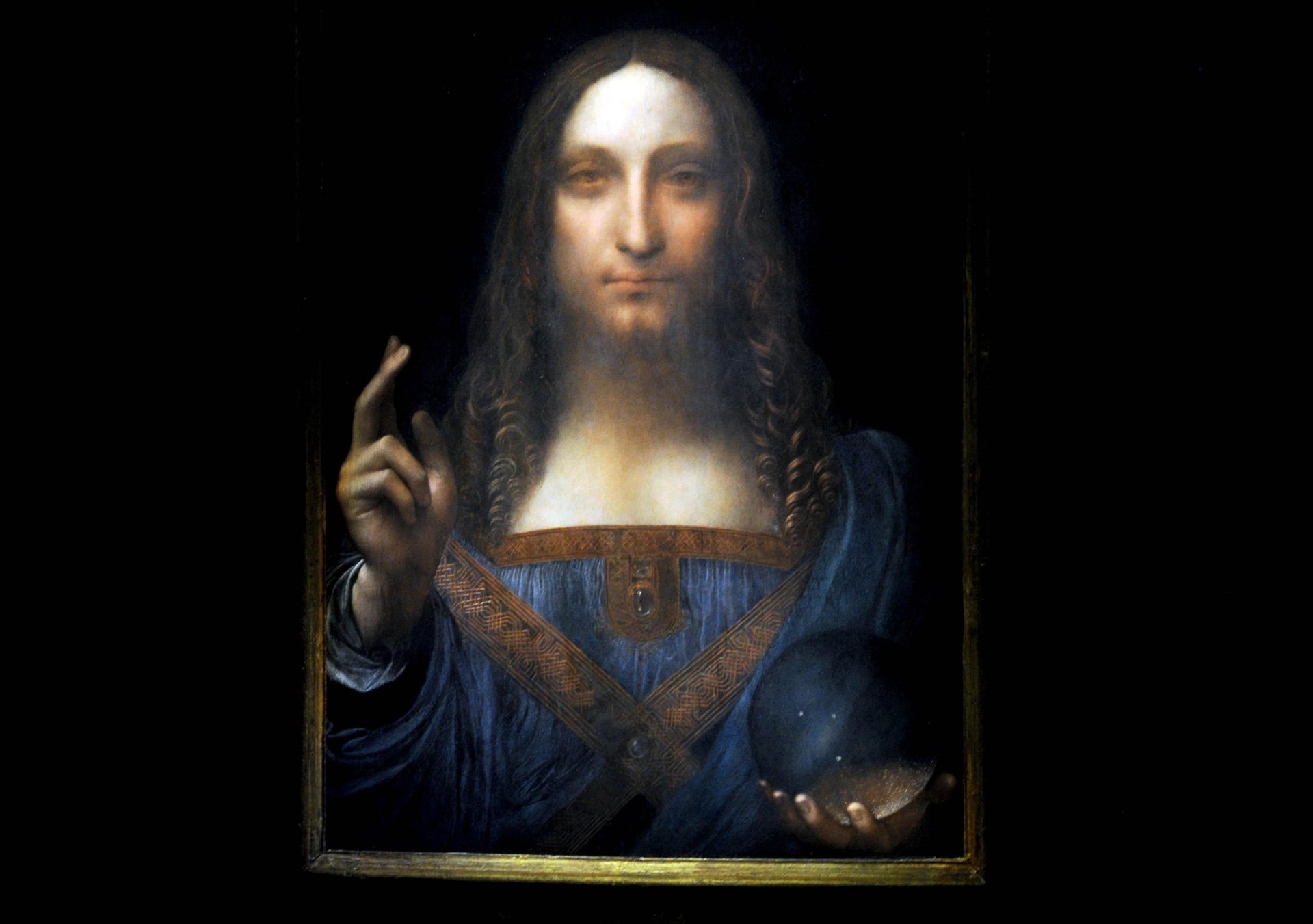Has a missing $450 million Leonardo da Vinci been hiding on a Saudi prince’s superyacht?
Since Salvator Mundi, a painting of a placid-looking Christ by Leonardo da Vinci (we think), fetched $450 million at Christie’s in New York, it has remained at the centre of a Soderbergh-style drama. Indeed, the work had been missing for the better part of two years, but was revealed yesterday (June 10) to be living on the yacht of Saudi crown prince Mohammad bin Salman (MBS), per anonymous sources that spoke to Artnet columnist Kenny Schachter.


Since Salvator Mundi, a painting of a placid-looking Christ by Leonardo da Vinci (we think), fetched $450 million at Christie’s in New York, it has remained at the centre of a Soderbergh-style drama. Indeed, the work had been missing for the better part of two years, but was revealed yesterday (June 10) to be living on the yacht of Saudi crown prince Mohammad bin Salman (MBS), per anonymous sources that spoke to Artnet columnist Kenny Schachter.
The painting broke records in 2017 as the most expensive to be sold at auction, and after months of speculation was revealed to have been purchased by Saudi Arabia’s prince Bader bin Abdullah bin Mohammed bin Farhan al-Saud on behalf of MBS, the kingdom’s controversial ruler. It then allegedly passed to Abu Dhabi’s prince Mohammed bin Zayed, who, as the de facto leader of the United Arab Emirates, head of its biggest sovereign wealth funds and most powerful military, was hailed by the New York Times as “arguably the most powerful leader in the Arab world.”
Shortly after the buyer was revealed, the painting disappeared. The work was supposed to be displayed in the The Louvre Abu Dhabi last September, but the exhibition was inexplicably postponed. Its whereabouts—until now—have been unknown.
According to Schachter, the painting’s journey through the hands of various Persian Gulf royals continued:
“My sources—including two principals involved in the transaction who claimed the work has been unequivocally paid for (though I’ve heard more than a few musings it has been only partially settled)—disclosed more. You won’t believe where I’m told the painting is today. Apparently, the work was whisked away in the middle of the night on MBS’s plane and relocated to his yacht, the Serene.”
Apparently, the painting will live on the yacht (which MBS bought from a Russian vodka tycoon for a cool $565 million) until the crown prince finishes remodeling the region of Al-Ula into a global tourist destination, art museums included.
But the fact that the painting has been located is only half of the problem. Indeed, people didn’t forget about Salvator Mundi while it was in hiding—during its MIA period, the provenance of the work was being hotly disputed.
To begin with, the history of the painting is constantly shifting: The Wall Street Journal revealed last September that the work was bought by a Baton Rouge, Louisiana family for $120 in London in 1958, and underwent a heavy restoration that involved it being remade from five different pieces before its 2011 debut at a da Vinci exhibition at The National Gallery in London. And a Telegraph article from earlier this year noted that the Louvre attributed the work as having come from “the workshop of Leonardo da Vinci,” rather than from the master himself. Meanwhile, the Metropolitan Museum of Art’s Dr. Carmen Bambach has repeatedly stated that the work was mostly painted by “Leonardo’s assistant, Giovanni Antonio Boltraffio” and that the master was likely responsible for only “small retouchings.”
Christie’s, for its part, maintains that the work is a Leonardo da Vinci original, painted circa 1500. In any case, let’s hope it doesn’t get splashed with seawater before it’s reintroduced to the public, if it ever is.